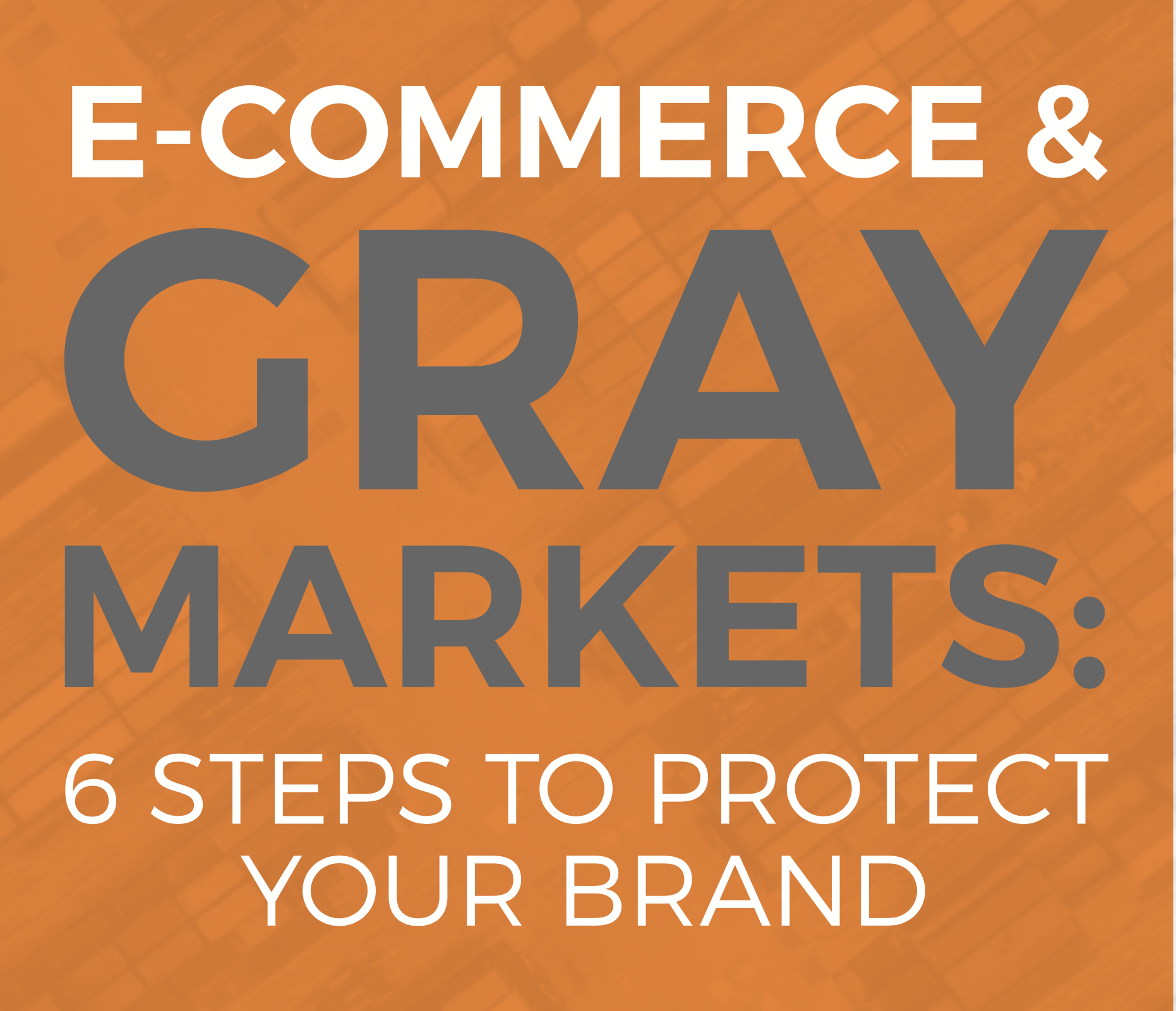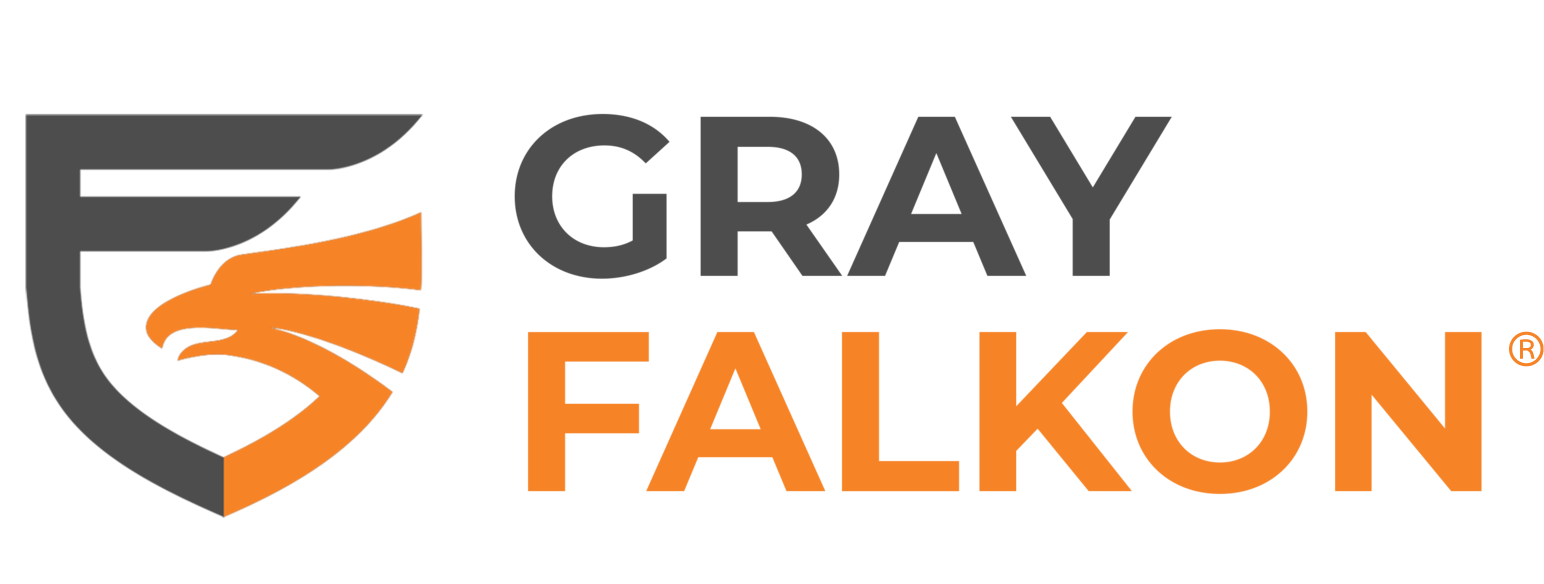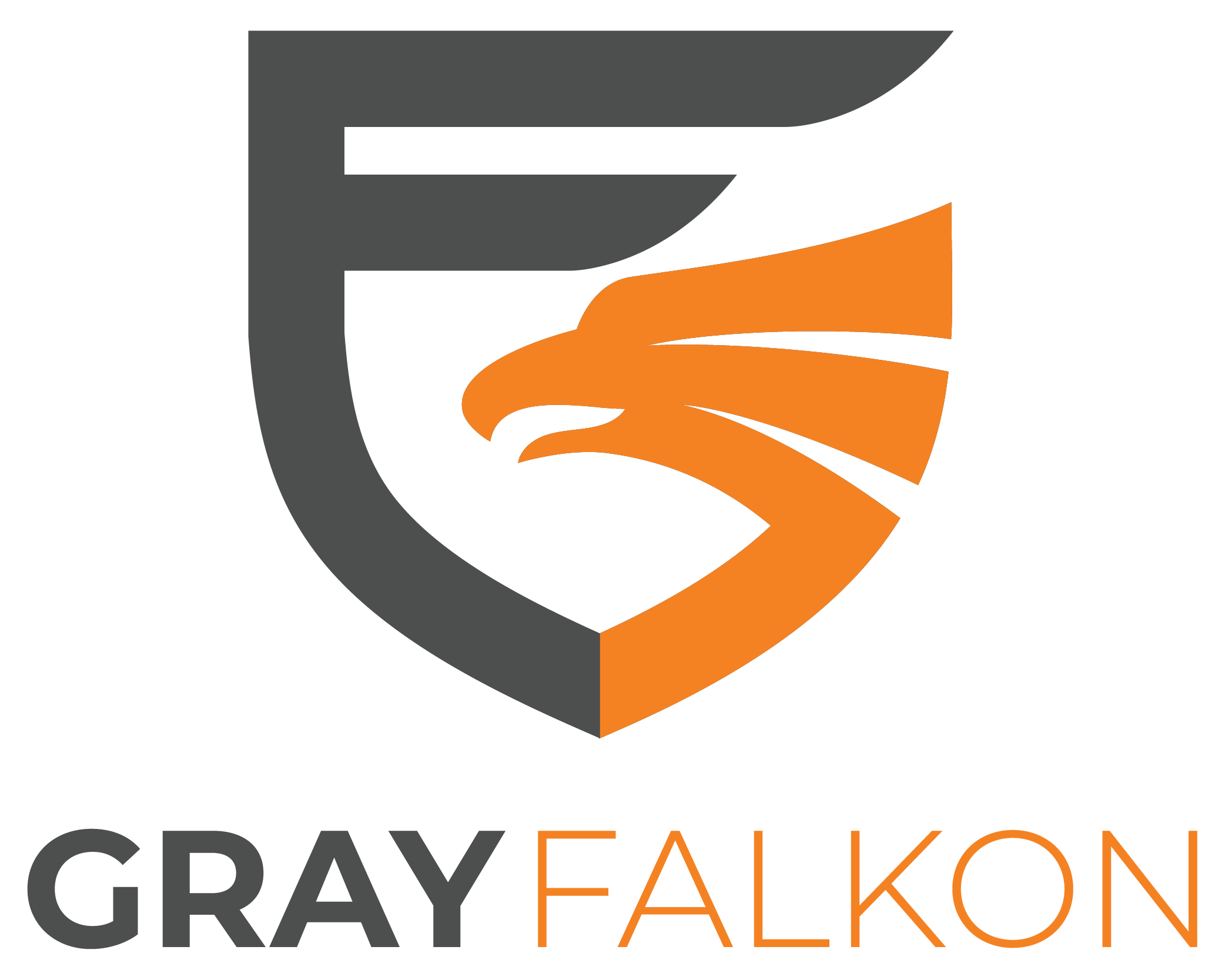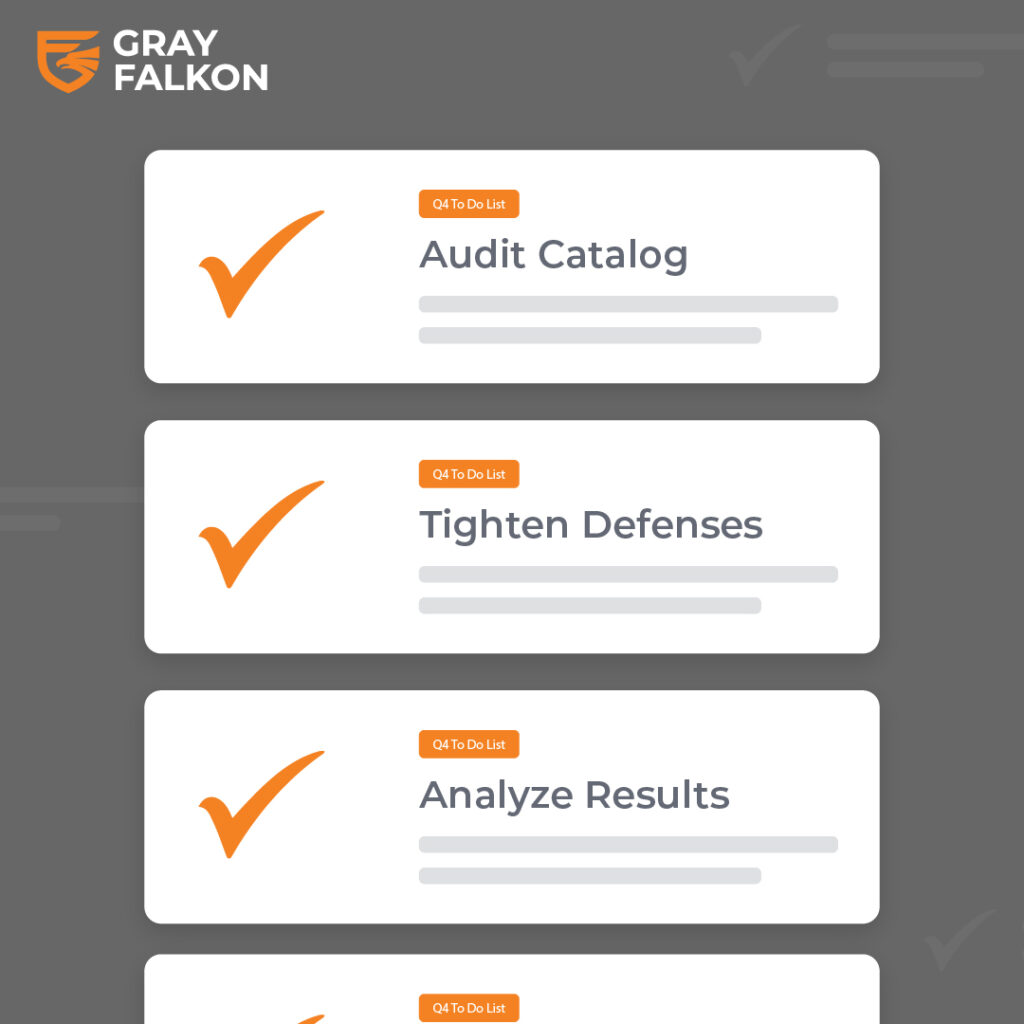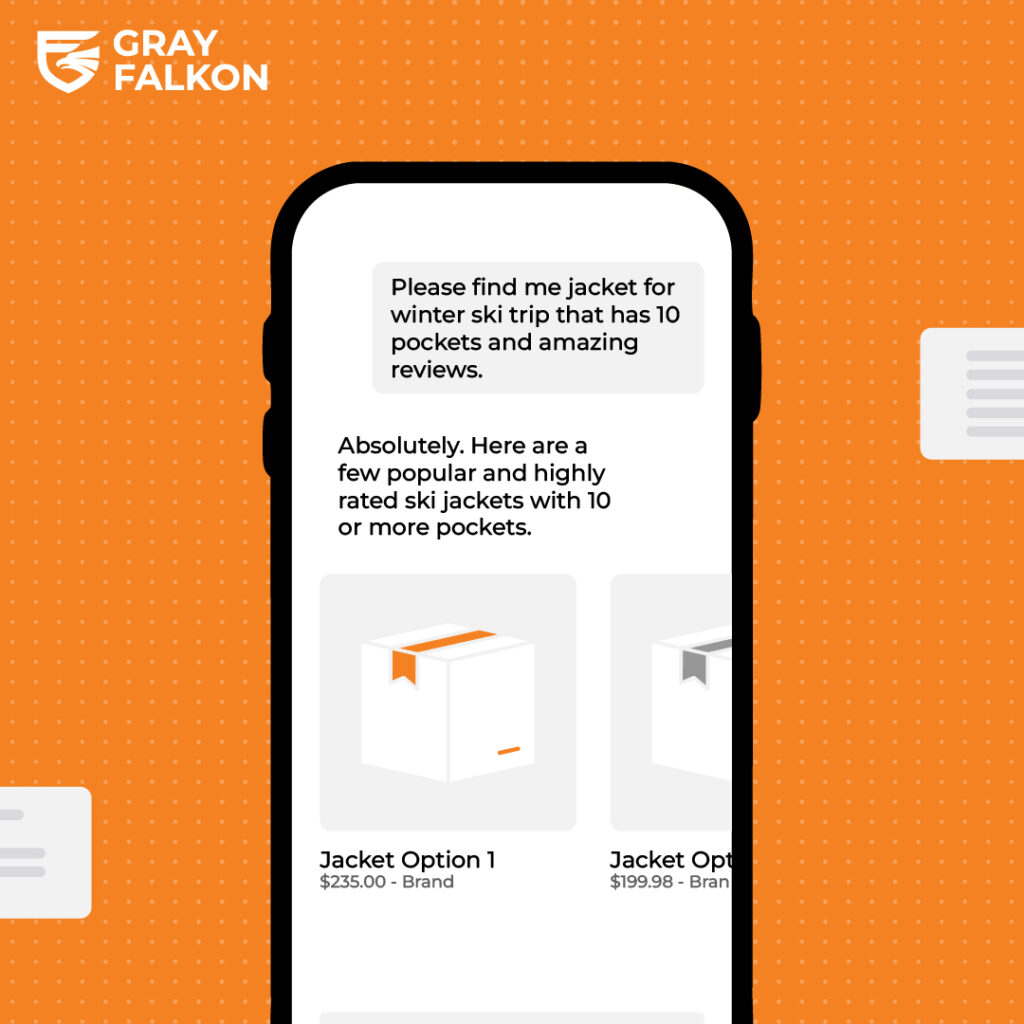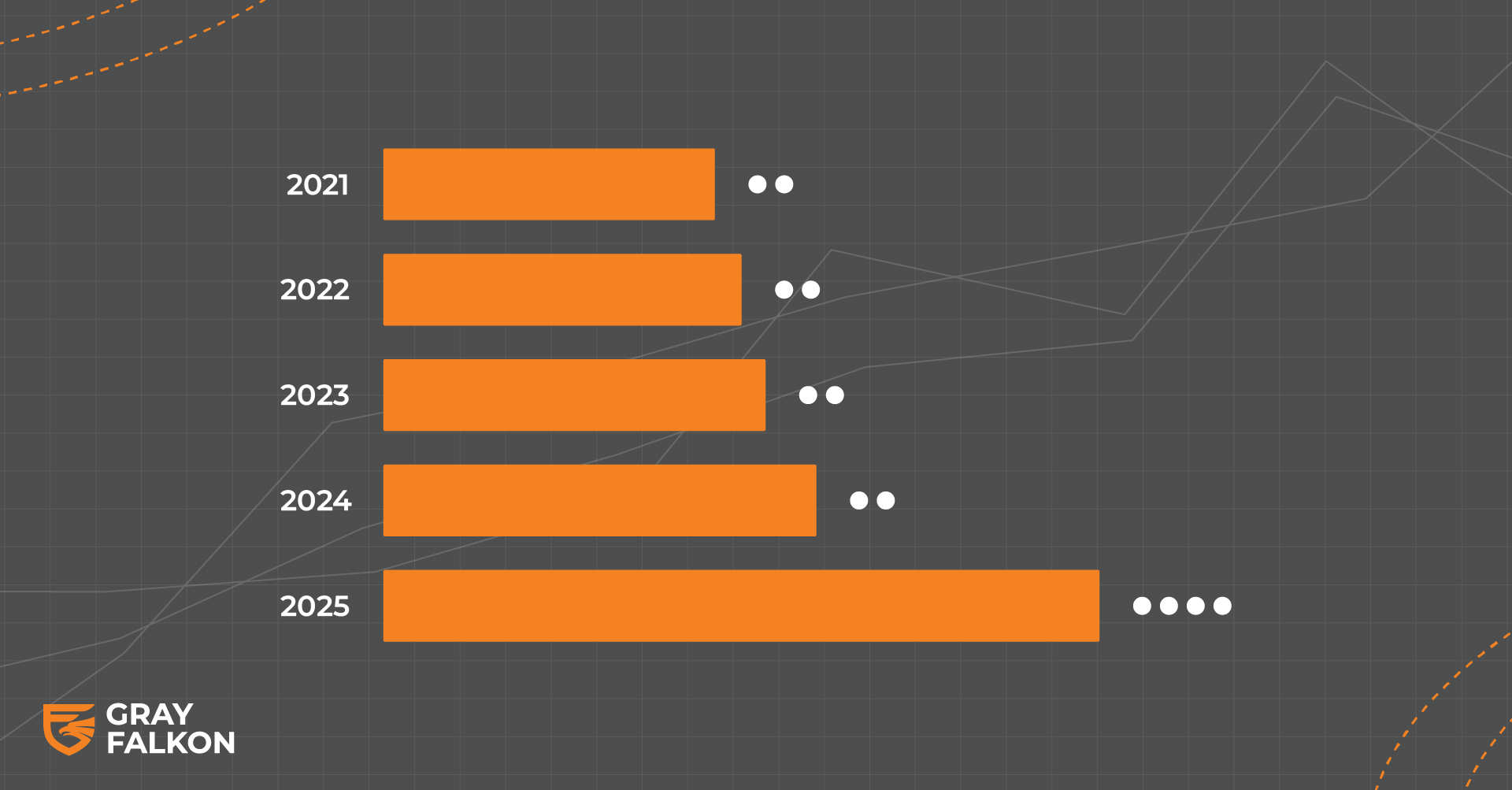
Prime Day 2025 marked a new chapter in the evolution of Amazon’s flagship shopping event. For the first time ever, Prime Day stretched across four full days, July 8 through July 11, giving brands and consumers more time, more traffic, and more complexity than ever before.
According to Amazon, it was their biggest Prime Day event in history. Record-setting delivery speeds, strong Prime member engagement, and the continued dominance of high-demand categories like electronics, health and beauty, and home and kitchen made the event feel less like a flash sale and more like a full-scale retail season.
But with that scale came new challenges. More shoppers meant more third-party competition. Greater visibility meant greater risk for brands that weren’t prepared. And with Amazon’s marketplace becoming increasingly dynamic, Prime Day 2025 served as both a high point and a stress test for brands.
Prime Day 2025 Sales Performance and Highlights
Prime Day 2025 delivered record-breaking results, not just for Amazon, but across the broader eCommerce landscape.
According to Adobe, online sales during Prime Week reached $24.1 billion across U.S. retailers, a 30.3% year-over-year increase. That figure makes it the largest Prime Day in U.S. online sales history, surpassing even Black Friday and Cyber Monday.
Unfortunately, unlike previous years, Amazon did not release specific revenue totals. However, Amazon confirmed the event was its “biggest Prime Day ever,” citing massive customer engagement and historic delivery performance. More items were delivered with same-day or next-day shipping than in any previous Prime Day, reflecting Amazon’s continued investment in logistics speed as a competitive advantage.
Notably, the four-day format changed the pacing of the event. Strong activity on Day 1, with sustained performance throughout Days 2–4 as deal-hungry consumers returned for category-specific offers and replenishable essentials.
Top Categories and Product Trends
While Prime Day has historically been dominated by electronics and high-ticket gadgets, 2025 signaled a shift in what consumers prioritized. Although Electronics & Accessories still topped the charts in 2025, categories like Health & Beauty and Home Essentials weren’t far behind.
Electronics & Accessories: Still Big, But Not As Dominant
Compared to previous Prime Days, Electronics & Accessories took a back seat in 2025, going from an estimated 20.10% of Prime Day event sales in 2024 to an estimated 15.1% of Prime Day event sales in 2025. The products that contributed most to Electronics & Accessories Prime Day 2025 category share included: headphones, tablets, televisions, laptops, and wearable electronic accessories, with specific products like Apple AirPods Pro 2 having notable sales.
This change suggests that consumers were less inclined toward large discretionary purchases and more focused on practical, everyday buys.
Health & Beauty: A Substantial Increase
Health & Beauty saw a substantial increase in the Prime Day event sales category share compared to previous Prime Days. This year, the category accounted for an estimated 14.9% of Prime Day 2025 sales compared to the estimated 12.3% of Prime Day 2024 event sales.
This shows that consumers leaned into self-care and health, with BIODANCE Bio Collagen Real Deep Mask, and Dawn Platinum Powerwash Dish Spray among the most purchased items. While these products span different categories, they share a common thread: practicality and replenishment.
In advance of Prime Day, Amazon’s Premium Beauty sales – carrying prestige brands such as Estee Lauder, Olaplex, Clinique, and Urban Decay – grew 20% between April 2024 and April 2025, reaching around $15 billion. This move helped Amazon offset pressure from tariffs affecting other categories and capitalized on higher margins from compact, luxury items.
Home Essentials: Fairly Steady
What gets classified as “Home Essentials” seems to change based on seasonal events, but regardless of what specific products are included, the category continues to hold a major share of Prime Day event sales. For Prime Day 2025, Home Essentials had an estimated 14.2% share of event sales, which solidifies its position as the number 3 category in 2025. Products that contributed to the categories’ continued success included: area rugs, mattresses, and cookware.
This steady performance stems from broad availability, competitive pricing, and critically, Amazon’s expanded same-day and next-day delivery.
Across the board, Prime Day 2025 confirmed a growing trend: consumers are shopping smarter, not just bigger. Value, utility, and delivery speed, not novelty, are driving purchase decisions, and brands in replenishable, wellness-focused, or essential categories are increasingly positioned to win.
Prime Day’s Influence Beyond Amazon
Amazon’s Prime Day 2025 evolved into a catalyst for widespread eCommerce growth, extending well beyond its own platform. Retailers like Walmart capitalized on the Prime Day halo effect, launching overlapping promotions and capturing significant consumer attention. Walmart’s online sales growth outpaced Amazon’s by sixfold during the event, a sign of how the extended sales window benefited competitors eager to ride the wave.
One of the key differentiators? In-store and same-day pickup. As Amazon’s fulfillment times stretched under demand, retailers with a physical storefront – like Walmart, Target, and Best Buy – offered consumers the immediacy Amazon couldn’t match. These services gave shoppers the best of both worlds: competitive pricing and near-instant gratification. In a landscape where speed and convenience drive loyalty, in-store pickup became a powerful conversion tool.
Walmart and Target Ride the Surge
Competing retailers have learned to time their own deal events to coincide with Prime Day, and it worked again in 2025. From Walmart Deals to Target Circle Week, these parallel events turned Prime Day into a true retail season. Much like Black Friday, Prime Day now triggers a Prime Day Everywhere phenomenon – an ecosystem where consumers compare prices across multiple platforms, switch retailers based on delivery speed, and increasingly expect near-instant access to their purchases. As a result Prime Day has evolved from an Amazon-exclusive promotion into a full-fledged industry-wide sales accelerator.
Indirect Benefits for Non-Participating Brands
Even brands that didn’t actively promote reported a halo effect. Some reported a lift in baseline sales simply from increased consumer traffic and exposure during the event window, showing just how powerful the Prime Day shopping mindset has become.
Prime Day has outgrown its Amazon roots. It’s now an industry-wide retail catalyst, forcing brands to think beyond isolated deal mechanics and instead plan holistically for how they show up across every marketplace during these high-traffic moments.
Challenges for Brands During Prime Day: Unauthorized Seller Disruptions
While Prime Day 2025 drove unprecedented sales, it also highlighted the growing complexity of brand protection in a marketplace-first environment. High visibility comes with high risk, especially when traffic surges attract unauthorized sellers, pricing manipulation, and inventory from the gray market.
Unauthorized Sellers Flood the Marketplace
Marketplace sales events and promotions often spike in third-party seller activity, much of it from accounts looking to capitalize on the momentum. These sellers often list products sourced through unauthorized channels, undercutting pricing agreements, disrupting brand strategy, and hijacking demand from legitimate partners.
Brand Control Becomes Harder to Maintain
Even well-prepared brands can find it difficult to keep pace with the volume of listing activity during Prime Day. Consumers were more selective and value-conscious this year, making pricing integrity and listing accuracy even more critical for maintaining conversion rates and customer trust.
Partial Participation Leaves Gaps
Brands that ran limited Prime Day promotions, only spotlighting a few SKUs, saw weaker results compared to those that approached the event with full-catalog coverage. But full participation only works if you can protect your entire catalog from disruption, which generally requires more than manual monitoring.
Challenges for Brands After Prime Day: Prime Day Arbitrage and Brand Price Integrity
Beyond the headline sales figures and category performance, Prime Day 2025 highlighted a critical challenge for brands: maintaining price integrity and marketplace control in the face of aggressive retail arbitrage.
Retail arbitrage, particularly during major sales events like Prime Day, has become a sophisticated ecosystem that can significantly disrupt a brand’s pricing strategy and marketplace positioning. During Prime Day 2025, this practice reached new levels of complexity and impact.
What is Prime Day Arbitrage?
Prime Day arbitrage occurs when individuals or businesses purchase discounted products during the sales event and then strategically resell them at different price points across various marketplaces. On Amazon, this often involves:
- Re-listing products under the same ASIN to compete for the Featured Offer (formerly Buy Box)
- Exploiting limited-time deals and low inventory from brand owners
- Operating as unauthorized sellers to capture market share
While not inherently against Amazon’s policies, these practices can violate Minimum Advertised Price (MAP) agreements, marketplace policies, and authorized reseller policies set by brands.
The Mechanics of Marketplace Disruption
During Prime Day 2025, arbitrageurs employed increasingly sophisticated strategies:
- Featured Offer (Buy Box) Competition: Sellers would purchase large quantities of discounted products and then re-list them at prices slightly below the brand’s standard retail price, competing directly for the lucrative Featured Offer placement.
- Cross-Platform Arbitrage: Some sellers would purchase products during Prime Day and immediately list them at higher prices on alternative marketplaces like eBay, Walmart, or international Amazon platforms.
- Inventory Exploitation: By taking advantage of bulk purchase discounts and limited-time deals, these sellers could create significant pricing pressure on authorized sellers.
Implications for Brands
The consequences of unchecked Prime Day arbitrage extend far beyond immediate sales disruption:
- Revenue Loss: Each sale made by an unauthorized seller represents a lost opportunity for the brand and authorized partners.
- Price Erosion: Continuous undercutting can drive down the perceived value of products.
- Customer Trust: Inconsistent pricing and potential product quality variations can damage brand reputation.
- Authorized Seller Challenges: Legitimate sellers struggle to maintain competitive pricing and market positioning.
How Gray Falkon Helps Brands Take Back Control
For brands navigating the chaos of Prime Day or any other major sales event, reactive solutions aren’t enough. Gray Falkon delivers a proactive, AI-enhanced approach to brand protection, before, during, and after major retail events.
Comprehensive Monitoring Before the Surge
Prime Day success starts with preparation. Gray Falkon AI technology helps brands monitor for unauthorized sellers in the days and weeks leading up to major events. This ensures brands aren’t blindsided by rogue listings when it matters most.
Enforcement at Scale
When traffic surges, third-party marketplace activity intensifies. Gray Falkon’s Full Deployment solution addresses this challenge. Our AI-powered targeted Seller Engagement system profiles every unauthorized seller, predicts their behavior, and launches hyper-personalized campaigns designed to drive compliance and remove listings fast. Our AI-driven Marketplace Engagement navigates Amazon’s complex ecosystem to file and escalate violations for the marketplace to take action, reducing manual lift and accelerating removals.
Cross-Marketplace Protection
Brands don’t operate on Amazon alone, and neither do we. Our protection extends to Walmart and other major marketplaces, helping brands maintain brand control across platforms during major shopping windows.
Daily Insights With Our Marketplace Brand Protection Portal
Visibility into seller behavior and platform-specific results is incredibly important, especially during high-stakes sales events like Prime Day. That’s why Gray Falkon provides Full Deployment customers with access to our Marketplace Brand Protection Portal, a dashboard suite that turns data into decision-making. Key dashboards include:
- Overview Dashboard: A high-level snapshot of your brand protection efforts across marketplaces and regions, including metrics on sellers removed, listings removed, and suppressed sales volumes.
- Products Dashboard: See which ASINs are most affected, how many unauthorized sellers have targeted them, and when.
- Sellers Dashboard: Monitor seller behavior over time, including repeat appearances and shifting inventory strategies.
By analyzing seller behavior, inventory sourcing patterns, and marketplace fluctuations, Gray Falkon gives brands actionable insights that lead to smarter decision-making not just for Prime Day, but for Q4 and beyond.
Final Takeaway: Prepare Now for Q4
Prime Day 2025 proved that major sales events are no longer isolated opportunities, they’re full-scale operational tests. Brands that succeeded did more than just offer discounts. They protected their listings, showed up across channels, and stayed in control of their presence from start to finish.
With Q4 on the horizon, and even more marketplace volatility ahead, brands can’t afford to wait. Unauthorized sellers don’t rest. And visibility without protection can quickly turn into lost revenue.
At Gray Falkon, we help brands turn high-traffic chaos into strategic advantage. Our AI-powered brand protection solutions are built for scale, speed, and results. Schedule a demo today and learn how Gray Falkon can protect your brand before, during, and after major sales events.
